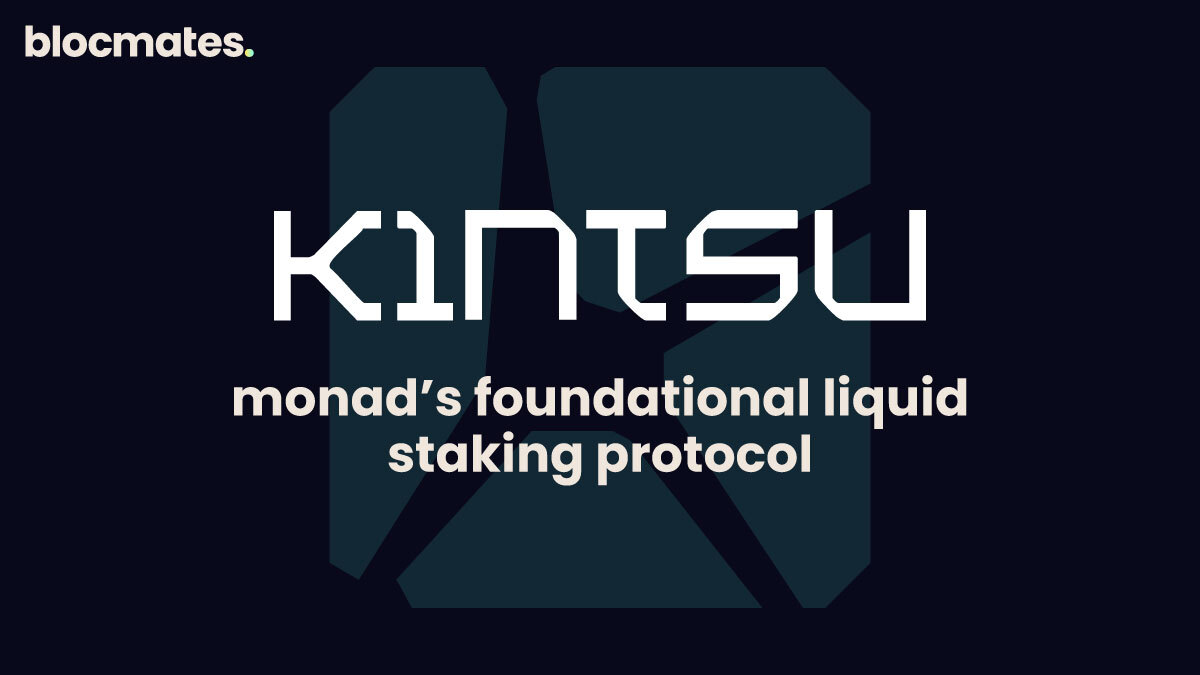A cryptocurrency exchange is like the stock market's tech-savvy cousin, where anyone can trade digital assets 24/7. These online platforms function similarly to traditional brokers, giving users the tools they need to buy and sell cryptocurrencies with ease. They stand as intermediaries between buyers and sellers, just like any exchange you might already be familiar with, only these specialise in the decentralised currencies that have taken the financial world by storm.
Crypto exchanges provide not only a place for trading but also offer security features and storage solutions for digital assets. They make it possible for people to convert their fiat currency - like dollars or euros - into cryptocurrency or to exchange one type of crypto for another. Whether a person's goal is to use crypto for purchases, invest long-term, or participate in day-to-day trading, these exchanges are the gateways to the broader cryptocurrency market.
With a wide range of currencies available for trade, from the well-known Bitcoin and Ethereum to a plethora of altcoins, choosing the right cryptocurrency exchange can seem daunting. Users typically look for platforms that offer low transaction fees, a user-friendly interface, robust security measures, and, ideally, some educational resources to help navigate the complexities of crypto trading.
Understanding Cryptocurrency Exchanges
Understanding how these exchanges operate can seem daunting at first. The jargon alone might make you think you need a PhD in computer science to get by. But fear not! We're here to cut through the complex terms and present you with a straightforward guide to navigating the exciting world of crypto exchanges. Whether you're making your first trade or looking to deepen your knowledge, we promise to keep it simple and straightforward. So let’s dive in and demystify these digital marketplaces together.
Types of Exchanges
There are primarily two types of exchanges: centralised exchanges (CEX) and decentralised exchanges (DEX). Centralised exchanges are like traditional stock exchanges, where a company facilitates trading. They're known for their enhanced security measures, customer service, and easy-to-use interfaces. Some of the most popular centralised exchanges function under strict regulatory scrutiny to provide a safe trading environment.
On the flip side, decentralised exchanges operate without a central authority. Trades occur directly between users (peer-to-peer) through an automated process. This decentralised nature can provide advantages such as reduced risk of server downtime and limited censorship.
Key Features of Exchanges
Each exchange offers a unique set of features. However, they usually share some common functionalities:
- Trading pairs and liquidity: They list various cryptocurrencies and tokens, enabling users to trade one coin for another.
- Security measures: Features like two-factor authentication (2FA), cold storage, and encrypted databases are common. Security is a top priority, given the risks of hacking and fraud.
A user-friendly interface is also a key feature, making it easier for users to trade and access their portfolios. Moreover, many exchanges provide additional services such as wallet storage, educational resources, and customer support to enhance the user experience.
Getting Started with an Exchange
When you're ready to trade cryptocurrencies, the first step is to buddy up with a crypto exchange. You will need to create an account and start understanding the deposit and withdrawal methods.
Creating an Account
First off, the user has to register an account on a crypto exchange. They'll provide basic information like name, email, and password. Often, they're also required to undergo identity verification, a process known as "Know Your Customer" (KYC), involving submitting identification documents. Here's a quick rundown:
- Sign Up: Fill in the registration form on the exchange's website.
- Identity Verification: Upload the required documents - typically a photo ID and a proof of address.
- Account Approval: Wait for the exchange to confirm the account – this can take a few minutes to several days.
Deposit and Withdrawal Methods
Once their account is set up, users can start to deposit funds. They often have two primary options:
- Fiat Money Deposits: Many exchanges allow users to deposit fiat currency (USD, EUR, etc.) using various methods, including bank transfers, credit cards, or even PayPal.
- Cryptocurrency Deposits: Users can also transfer cryptocurrencies they already own to their new exchange wallet.
To understand withdrawals, think of it as the reverse of the deposit process. A user can generally withdraw their funds in either crypto or fiat, depending on the exchange's features. Important points to note include:
- Withdrawal Limits: These vary widely between exchanges and could change based on verification levels.
- Fees: Always check the fees for both deposits and withdrawals, as they can differ significantly.
Anyone eager to engage with the world of cryptocurrencies must efficiently handle deposits and withdrawals. Whether transferring Bitcoin to make a quick trade or moving fiat back to a bank account after selling coins, knowing these nuts and bolts is crucial.
The Trading Process
When entering the world of cryptocurrency trading, you need to understand the essential steps of placing trades and the market forces that affect trade outcomes. This knowledge is critical for making informed trading decisions on a crypto exchange.
Placing a Trade
To initiate a trade on a cryptocurrency exchange, an account is required. Once the account is funded, they can start trading by selecting the type of order they wish to place. There are mainly two types of orders:
- Limit order: They specify a price at which they want to buy or sell a cryptocurrency. The trade only executes if the market price reaches its specified price.
- Market order: They choose to buy or sell a cryptocurrency immediately at the best available current market price.
Understanding Market Dynamics
In any trade, there are typically two parties: the maker and the taker. The maker is the one who provides liquidity to the market by placing a limit order that does not fill immediately by matching a pre-existing order, while the taker is the one who places an order that matches immediately with an existing order, thus "taking" the liquidity out.
Market dynamics are influenced by supply and demand, where the current market price is determined. The ask price represents the lowest price a seller is willing to accept. Understanding these dynamics helps traders make more strategic decisions when planning their trades, whether they're looking to buy or sell.
Exchange Fees and Structure
When discussing cryptocurrency exchanges, it's important they understand fee structures. These fees are the secret sauce that spices up your trading costs, and boy, do they vary from one exchange to another. So, keep your eyes peeled and get ready to navigate the wild ride of exchange fees-it’s all part of the crypto adventure!
Fee Types
Transaction fees are a fundamental aspect of cryptocurrency exchanges. They're typically divided into two categories: maker fees and taker fees. A maker is someone who provides liquidity to the market, often by placing a limit order that isn't immediately filled. Conversely, a taker removes liquidity by fulfilling orders instantly. The fees for makers are often lower, incentivising users to contribute to the market's liquidity.
- Maker Fees: Usually lower to encourage order book depth.
- Taker Fees: Higher fees due to the immediate fulfillment of these orders.
Some exchanges offer a zero-fee model for makers, enticing them with the potential of free trading to maintain a fluid market. On the other hand, taker fees can range broadly but are integral as they are a primary revenue stream for exchanges.
Understanding Fee Calculations
The calculation of fees can appear complex, but they primarily focus on the user's trading volume and behaviour. Low fees often attract users, yet how low these fees are is determined by the user's trading volume within a specified period, typically 30 days. For example, an exchange may offer a fee of 0.05% for high-volume traders while charging 0.6% for those with lesser activity as detailed in their tiered fee structure.
Fee Calculation Examples:
- High volume traders: Lower fees, recognising their contribution to the exchange's ecosystem.
- Occasional traders: Potentially higher fees, reflecting the lower financial commitment to the platform.
Users should also note that fees are not static and can be impacted by payment methods or the use of native exchange tokens.
Security Measures and Risks
When getting involved, the security of your assets is paramount. This means being aware of the measures in place to protect investments and understanding the various threats that can compromise these assets.
Protecting Your Investments
Security systems are vital to safeguarding crypto assets. Exchanges often use a combination of methods like two-factor authentication (2FA), and sometimes, multi-signature wallets to double down on safety. Users are advised to secure their private keys, the critical piece of information to access and manage their cryptocurrencies. Think of a private key as a super-secure password that should never be shared. Also, choosing a crypto wallet that fits their security needs and ensuring it's from a reputable source is crucial for any investor.
Potential Threats
The crypto landscape is not without its dangers. Investors face potential threats from cybercriminals aiming to commit fraud and steal assets. These bad actors use various tactics, from phishing scams to exploiting security vulnerabilities within exchanges or wallets. It's a game of cat and mouse where the safety of digital assets is at constant risk; thus, staying informed on current threats is an essential part of being a crypto investor.
Popular Crypto Exchanges
To participate in this digital financial whirlwind, you'll need a reliable platform. That's where crypto exchanges come into play, serving as the bustling marketplaces where digital currencies like Bitcoin, Ethereum, and countless others change hands. Here’s a breakdown of some of the most popular crypto exchanges that have made waves in the market.
Coinbase: Often the first stop for beginner crypto enthusiasts, Coinbase shines with its user-friendly interface that makes buying and selling digital assets as easy as shopping online. Think of it as the friendly neighborhood shop where everyone knows your name—only this shop is digital and operates worldwide. Whether you're looking to hold onto your coins or trade them frequently, Coinbase caters to all with top-notch security to boot.
Binance: For those who have gotten their feet wet and want to dive deeper into the crypto ocean, Binance offers a vast sea of possibilities. With one of the largest assortments of cryptocurrencies available for trading, Binance is like the major league, where seasoned traders find all the tools they need for high-frequency trading, including advanced charting and a plethora of technical indicators.
Kraken: Steady and secure, Kraken is the old soul of crypto exchanges. It's been around since the early days of cryptocurrency and has built a reputation for security and regulatory compliance that’s as solid as a rock. Perfect for the more cautious investor, Kraken offers a fortress-like platform where you can trade with peace of mind, knowing your digital treasure is well-guarded.
Uniswap: Jumping into the decentralized scene, Uniswap operates on the Ethereum blockchain. It’s like the bustling marketplace of a fantasy novel where traders from all over the globe exchange magical tokens. Uniswap uses a completely different model, relying on liquidity pools rather than traditional market-making techniques. This allows for automated transactions and a decentralized trading experience that’s aligned with the ethos of blockchain technology.
Summary of What is a Crypto Exchange?
A crypto exchange is the ultimate digital marketplace for your cryptocurrency adventures. Think of it as a bustling shopping centre where you can buy, sell, and trade digital currencies in a snap. Whether you're swapping some Bitcoin for Dogecoin or diving into Ethereum, these platforms make it all happen. They’re the go-to spots for anyone looking to get started with crypto or seasoned traders aiming for their next big crypto splash.




.webp)
.webp)
.webp)

.webp)










.webp)

.webp)
.webp)

%20(1).webp)



























































%202.webp)


.webp)

.webp)
.webp)
.webp)



.webp)












%20the%20Next%20Big%20Unlock%20in%20AI.webp)



.webp)
.webp)


.webp)
.webp)










.webp)











.webp)







.webp)




.webp)


























.webp)







.webp)















.webp)

.webp)
.webp)

.webp)














.webp)

.webp)


.webp)








.webp)




